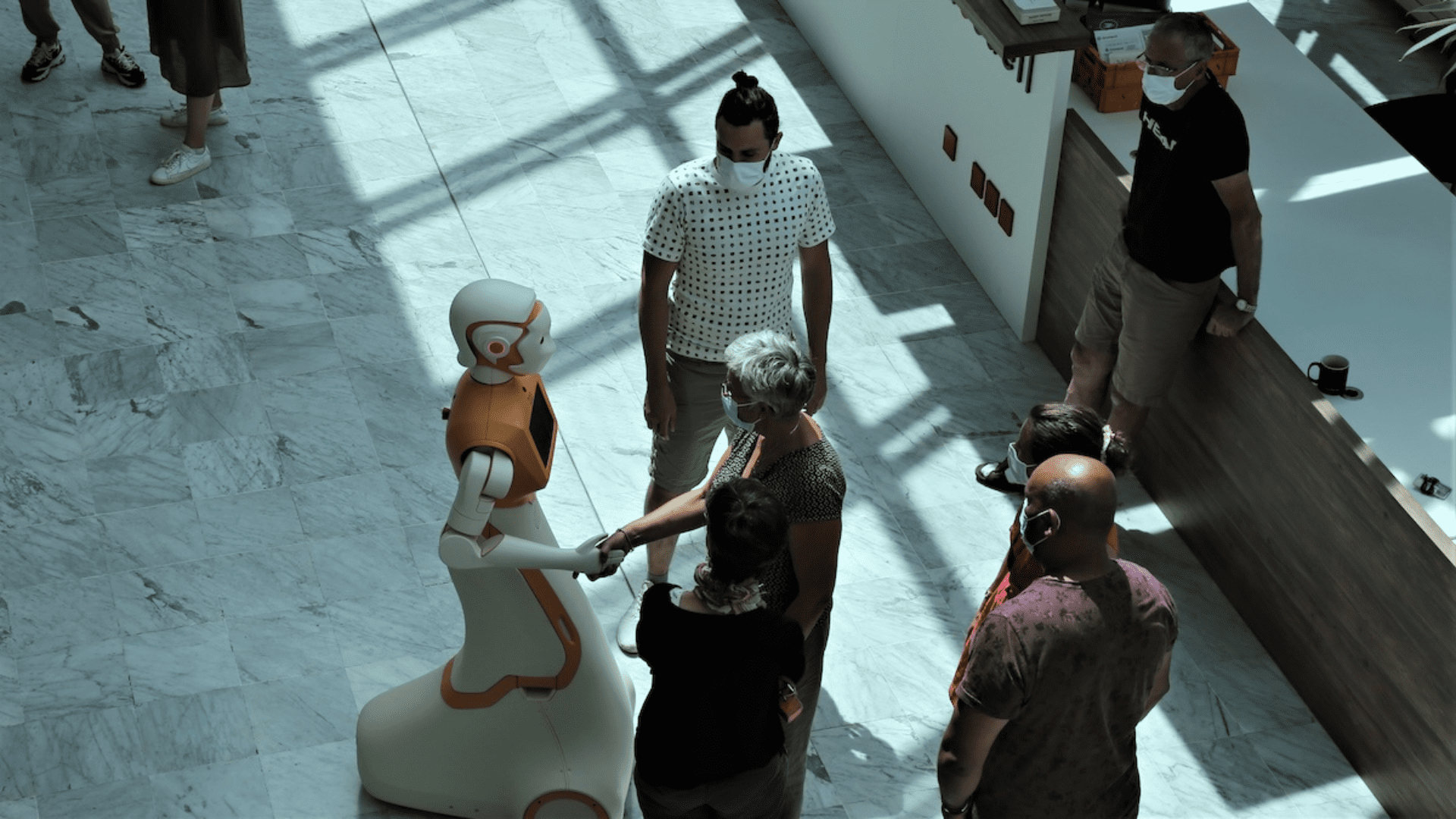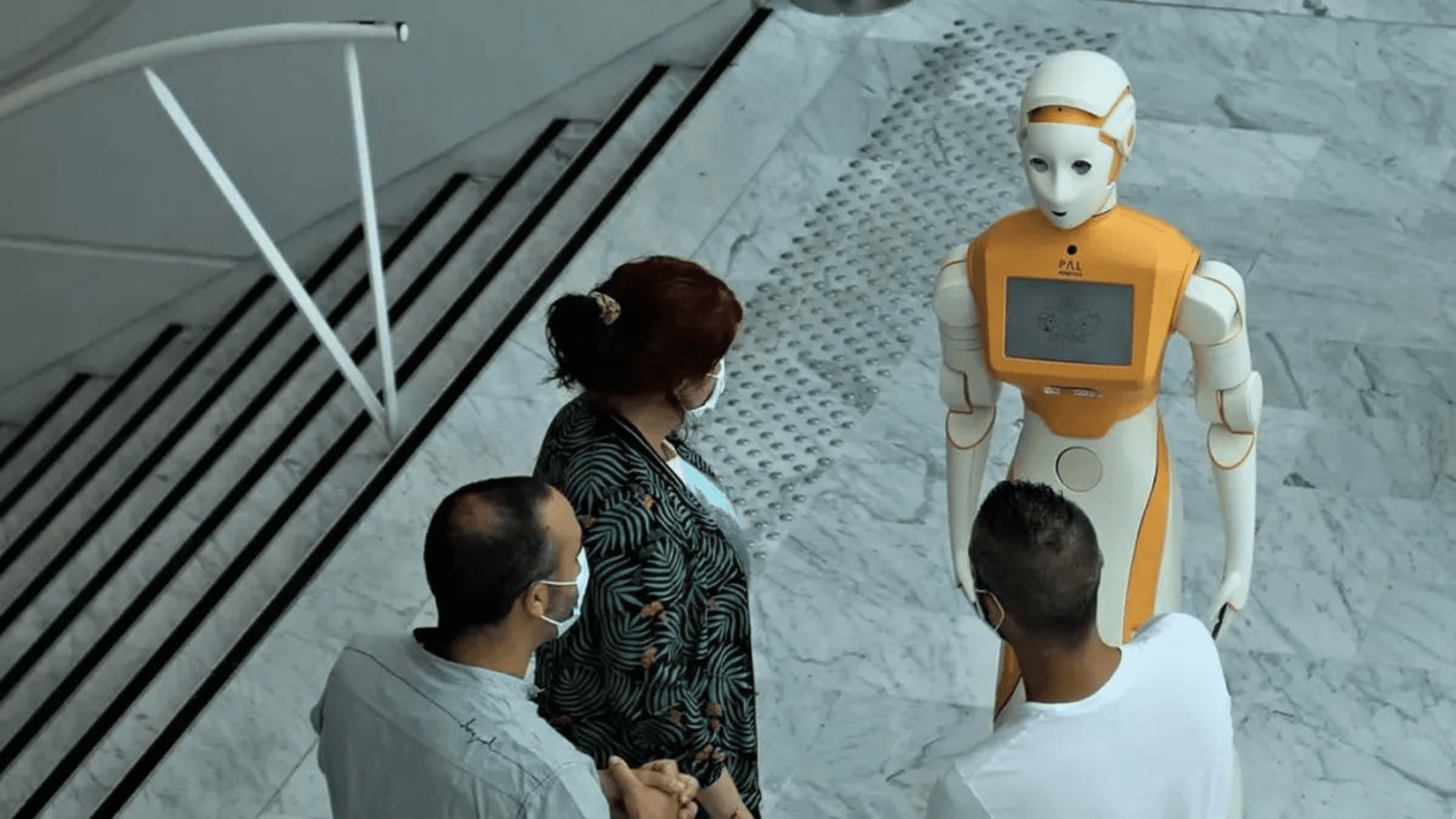To lighten the staff’s workload at a hospital in France, socially assistive robots mingled with elderly patients. Usually, seniors are hesitant about technology, especially with robots, a polarizing technological concept. For the study, the robots interacted with elderly patients to examine how they could be implemented in hospitals.
Socially Assistive

Socially assistive robots at The Assistance Publique Hôpitaux de Paris are part of a trial for Heriot-Watt University’s National Robotarium Socially Assistive Robots in Gerontological Healthcare (SPRING). The batch of robots, developed by a Scottish artificial intelligence (AI) team, interact and perform basic tasks for the patients. For example, they greet patients, answer questions, and provide directions. The main focus of the study is to see how the robots lighten the workload for the human staff. To make this possible, developers use large language model technology that enables robots to communicate.
Natural Social Interactions

The technology used for the robots allows natural and fluent conversation between patients and robots. Results from the study indicate that these robots can have conversations and are even capable of engaging in conversation between multiple people. Furthermore, socially active robots take on small tasks for the patients and the staff. The small tasks help limit the contact between the human staff and the senior patients. This is important because it lowers the risk of infection transmission. It also helps nurses and caretakers complete other tasks around the hospital. Hospital leaders believe the addition of social robots in hospitals could be essential.
Explore Tomorrow's World from your inbox
Get the latest science, technology, and sustainability content delivered to your inbox.
I understand that by providing my email address, I agree to receive emails from Tomorrow's World Today. I understand that I may opt out of receiving such communications at any time.
Valuable Insights
Professor Anne-Sophie Rigaud with Assistance Publique Hôpitaux de Paris said, “Older adults have also expressed that they’re pleased with the design of the robot and thought that it would be useful to provide information and companionship to patients with cognitive disorders.” The trials show how new technology can improve care in the hospitals. Researchers believe the trials show how it can also improve safety while advancing innovation in different sectors. Most notably, the trials can improve computer vision, audio processing, and human-robot interaction. This opens up a global need for such technology.
There is still work to do. This initial trial provides hope for technological innovations in the healthcare system. Professor of AI at the National Robotarium Oliver Lemon said, “We believe that the SPRING project marks a significant milestone in the development of interactive robotics, and we are proud of its achievements while recognizing the exciting challenges that lie ahead.”







